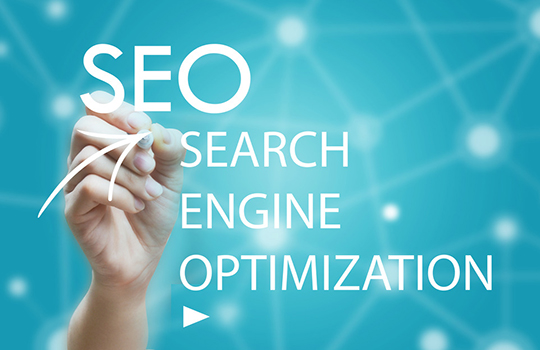Search Engine Marketing
Search Engine Marketing
SEO is short for search engine marketing or search engine optimizer.
- On-site optimization – this includes all on-page factors and some off-page ones, ranging from domain issues to page-related aspects such as internal linking problems, keyword usage & content optimization;
- Off-site optimization – this includes the rest of the off-page factors, namely activities performed outside of your website related to backlinks profile issues and social media presence.
Search Engine Marketing Factors Work In Combination
No single SEO factor will guarantee search engine rankings. Having a great HTML title won’t help if a page has low quality content. Having many links won’t help if they are all low in quality. Having several positive factors can increase the odds of success while the presence of negative factors can worsen those odds.
On-The-Page Success Factors
On-The-Page search ranking factors are those that are almost entirely within the publisher’s own control. What type of content do you publish? Are you providing important HTML clues that help search engines (and users) determine relevancy? How does your site architecture help or hinder search engines?
Off-The-Page Success Factors
Off-The-Page ranking factors are those that publishers do not directly control. Search engines use these because they learned early on that relying on publisher-controlled signals alone didn’t always yield the best results. For instance, some publishers may try to make themselves seem more relevant than they are in reality.
With billions of web pages to sort through, looking only at ‘On-The-Page’ clues isn’t enough. More signals are needed to return the best pages for any particular search.
SEO helps to ensure that a site is accessible to a search engine and improves the chances that the site will be found by the search engine.
Organic SEO is the phrase used to describe processes to obtain a natural placement on organic search engine results pages.
Some examples of techniques used for organic SEO include using keywords and keyword analysis, back linking, link building to improve link popularity, and writing content relevant for human readers.
As search algorithms continue to drive more relevant results based on user locations, optimizing local landing pages and local listings with neighborhood information can add significant value for multi-location businesses. Hyperlocal means getting specific in your language and offers, as well as using zip code and other geolocation targeting parameters when and where you can. In 2015, expect to utilize the neighborhoods in which you do business to enhance your local information, social presence, reviews and SEO.
Customers are already expecting near real-time communication today and won’t stand for being put on hold anymore in 2015. I would highly recommend finding ways to communicate with your prospective customers in real time. Using a chat feature on your homepage is a great way to have real time conversations with your customers and speak to them. If they are on your website then they are willing to purchase your product at that moment if you give them the information they desire.
Think about it this way: if you have SEO issues and you don’t fix some of these problems but your competitors don’t have them, you won’t have a chance to outrank them, hence your rankings will be lower than theirs, and the whole idea of SEO is to optimize your site as much as possible to outrank your competition, because that’s the best way to achieve high rankings.
Hopefully this gives you a better understanding of Search Engine Optimization. If you have any questions, don’t hesitate to contact us.

